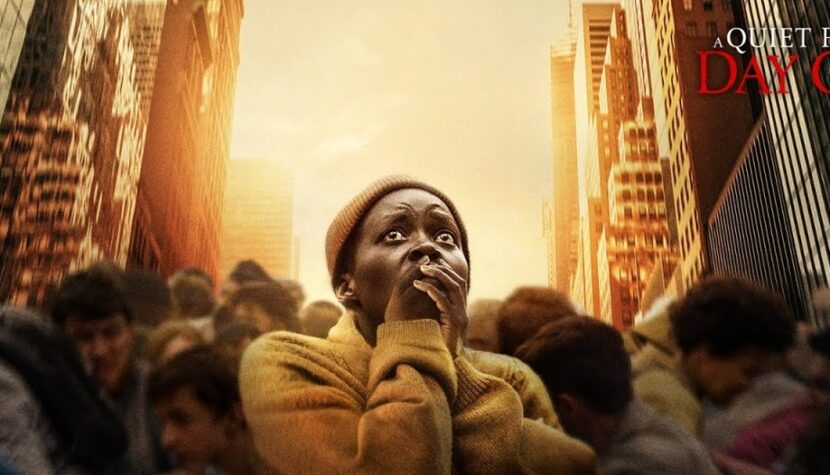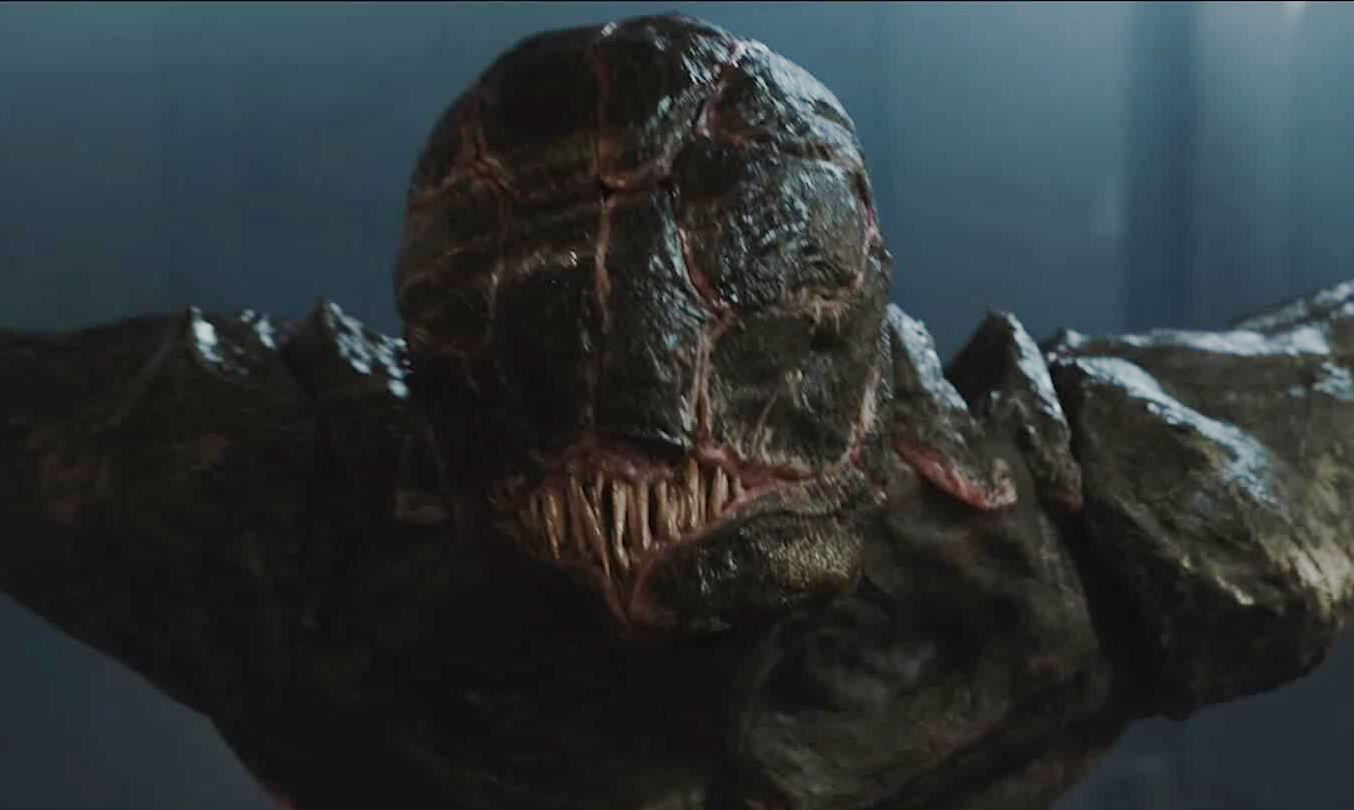A QUIET PLACE: DAY ONE. The Storm Before the Silence [REVIEW]

New York from a bird’s-eye view. It’s buzzing with sounds. The horns of drivers stuck in traffic. Elsewhere, the wail of an ambulance siren. On one corner, the demolition of an old tenement building, on another, the erection of yet another skyscraper. Everywhere, there is the tumult of footsteps, voices, conversations, and shouts. Before the new era of silence arrives, director Michael Sarnoski reminds us how accustomed we are to the urban auditory landscape. From this multimillion mass of people, the creators extract two leading individuals. The first, living in a hospice and suffering from cancer, Sam (Lupita Nyong’o), is a rather resourceful and ironically inclined poet. Sensitive to the beauty of the world and reconciled with the inevitable defeat in her battle with illness, her poems have a rather decadent tone. As it turns out, perfect for the unexpected time of apocalypse. Our second guide through Day One is the frightened but increasingly brave Eric (Joseph Quinn), a law student. Ah, and there’s also the poet’s cat. Definitely the best adapted to the new, harsh conditions of existence.
A Quiet Place: Day One is supposedly a prequel to John Krasinski’s two films, but it’s actually a standalone story set in the same universe. The same destruction of humanity, just in a different part of the world. The attacker, of course, operates on the same principles. Alien insect-like creatures that react aggressively to sound and have an aversion to water. They are still an interesting enemy, but unfortunately still too much of an unknown. In the new cinema installment, we cautiously glimpse the uninvited guests in a slightly more intimate situation, but they remain anonymous aggressors. A missed opportunity is definitely the lack of a bolder exploration into the nature of these creatures. It might also be that it doesn’t matter who the protagonists are defending against and the radical change of setting provides context for other, more important themes.

The first two Krasinski films were primarily stories about family and sacrifice, which the necessity of survival only intensified. Of course, there was a monster lurking around the corner, steering A Quiet Place into the horror genre. In both these conventions, it was more than well-executed, so it had to sell. The strongest asset of Day One is that it doesn’t follow the beaten and proven path, but seeks something new. From a rural, deserted area, we move to a great metropolis, with the dramatic weight of family troubles replaced by individual survival. Day One, thanks to Sam’s melancholic nature, occasionally takes on a nostalgic tone. Sarnoski likes to slow down, giving a moment’s breath for the recitation of a moving poem or to ponder over a ruined New York. It’s only the beginning of the catastrophe, but the creators are already sketching the downfall of human civilization.
The urban entourage makes A Quiet Place: Day One reminiscent of war cinema. Demolished streets, burnt cars, dismembered civilian corpses, dust and smoke rising in the air suggestively build the atmosphere of Sarnoski’s film and are a convincing representation of the downfall of the “greatest city in the world.” Many viewers in the images of a deserted New York will undoubtedly find visual references to the terrorist attacks of September 2001. In both cases – Sarnoski’s fiction and historical truth – New York was overtaken by the same sepulchral silence. Day One thus works as a one-dimensional scare for a social outing with a large cup of Coca-Cola and XXL popcorn, but also as a subliminal allegory of events still fresh in memory.

